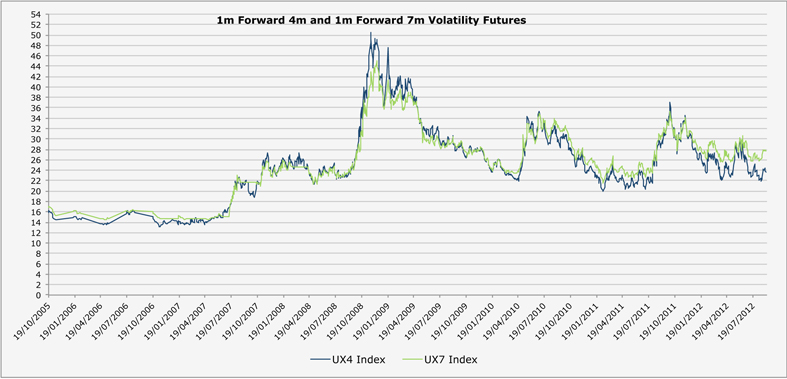While in Europe we are still quite casual about Greece leaving the Eurozone, talking about it as a possible outcome without putting numbers on it (probably no one knows how broad the shock waves will be - think about the Lehman bankruptcy), American banks and consulting firms are advising their corporate clients on how to prepare for a splintering of the euro zone, something that was once unthinkable.
- Bank of America Merrill Lynch has looked into filling trucks with cash and sending them over the Greek border so clients can continue to pay local employees and suppliers in the event money is unavailable.
- Ford has configured its computer systems so they will be able to immediately handle a new Greek currency.
- JPMorgan Chase has already created new accounts for a handful of American companies that are reserved for a new drachma in Greece (or whatever currency)
Almost all of that has come in the last 90 days..
In a survey this summer, 80% of clients of an American consulting firm polled expected Greece to leave the euro zone, and a fifth of those expected more countries to follow. This morning, a FT poll found that 25% of Germans think Greece should stay in the Eurozone or get more help from other countries in the currency union.
Clearly, banks and consulting firms are making money from the fear of the Euro break-up. So should we be sceptical? Or start running around the house like mad?
On Thursday, the European Central Bank will consider measures that would ease pressure on Europe's cash-starved countries...
Just below, you can find the calendar of events for the Euro-zone.








